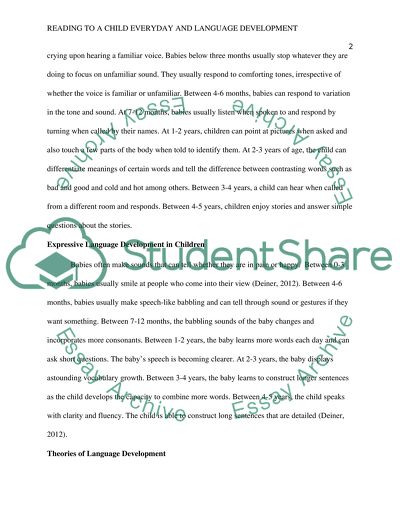Cite this document
(“Reading To a Child Everyday and Language Development Essay”, n.d.)
Reading To a Child Everyday and Language Development Essay. Retrieved from https://studentshare.org/education/1699145-reading-to-a-child-everyday-and-language-development
Reading To a Child Everyday and Language Development Essay. Retrieved from https://studentshare.org/education/1699145-reading-to-a-child-everyday-and-language-development
(Reading To a Child Everyday and Language Development Essay)
Reading To a Child Everyday and Language Development Essay. https://studentshare.org/education/1699145-reading-to-a-child-everyday-and-language-development.
Reading To a Child Everyday and Language Development Essay. https://studentshare.org/education/1699145-reading-to-a-child-everyday-and-language-development.
“Reading To a Child Everyday and Language Development Essay”, n.d. https://studentshare.org/education/1699145-reading-to-a-child-everyday-and-language-development.


